A new study has indicated that Britain’s industrial economy did not collapse with the Romans’ withdrawal, but instead continued for centuries, and actually reached its major revival during the Viking Age. The finding contradicts the classical idea that Roman Britain’s withdrawal led to a “Dark Age” with economic decline and cultural stagnation.

The research, conducted by teams of scientists from the Universities of Cambridge, Nottingham, and others, was undertaken in Britain’s Roman town of Aldborough in North Yorkshire. A major settlement of the Brigantes tribe and a hub of metal production, Aldborough was the ideal case study to trace Britain’s industrial history from Roman to post-Roman times.
At the center of the project was the extraction of a five-meter-long sediment sample from an ancient river channel located near Aldborough. Contrary to upland peat bogs or distant ice cores, this sample was removed from the center of Britain’s Roman metal industry. By analyzing layers of metallic pollutants trapped in the soil, scientists created a continuous history of lead and iron production spanning over 1,500 years.
The evidence suggests that metal production did not collapse instantly when the Romans left sometime around AD 400. Instead, production continued in the fifth and sixth centuries, with iron smelting even rising during this time. A sharp decline did not occur until about AD 550–600. Researchers speculate that a series of bubonic plague waves and possibly even smallpox, which swept across Europe in the mid-sixth century, may have caused the disruption. DNA samples from nearby cemeteries confirm that the plague struck eastern England in the 540s, synchronizing with the downturn in metal activity at Aldborough.

This disproves the traditional theory that Roman Britain’s departure led to an immediate economic catastrophe. Production methods, including the use of coal and ore sources established under Rome, continued for centuries. The evidence indicates localized “islands” of industrial resilience throughout post-Roman Britain and northern Gaul, rather than a widespread decline.
There was renewed activity at Aldborough after the mid-sixth century crisis, with evidence of renewed metalworking by the late eighth century. There was another peak in the Viking Age, with the production of iron and lead flourishing from the eighth to the tenth centuries. The growth appears to be associated with shifting economies, facilitating regional trade as well as royal power centers. In the ninth century, Aldborough might have been a royal industrial center, with fluctuations in production corresponding to broader social and political trends.

The long-term record also captures later economic cycles. A surge in lead and iron production between the mid-twelfth and early thirteenth centuries matches written records of increased Yorkshire output, confirmed by pollution traces in both Swedish lakes and Alpine ice cores. Declines followed in the fourteenth century, though the industry rebounded before being disrupted once again by Henry VIII’s Dissolution of the Monasteries in the sixteenth century. During that period, metals stripped from religious buildings made new smelting uneconomical. New production eventually resumed under Elizabeth I to fuel wars with Spain and France.
By combining geoarchaeological data with historical and archaeological evidence, the study delivers a much more complex vision of Britain’s early economic history than had been assumed. Rather than a narrative of decline and downfall, the evidence points toward continuity, adaptation, and cycles of recovery shaped by pandemics, politics, and shifting economies.
The research not only retells the post-Roman history of Britain but also shows the value of sediment cores removed from historic industrial centers. The records are site-specific, well-documented data that can’t be sourced from traditional excavations or distant ice samples. The Aldborough core, for example, yields the first continuous record of British metal production from the fifth century to the present.



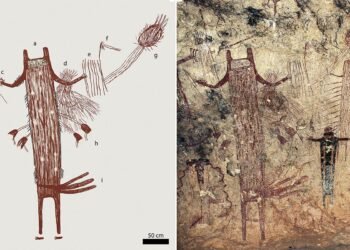
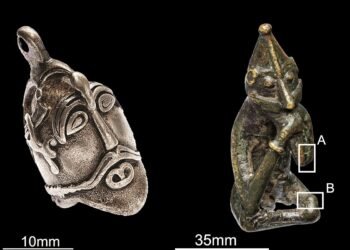

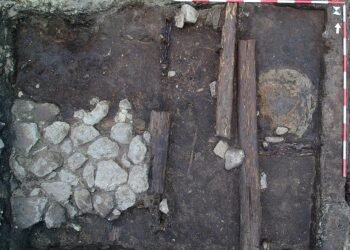
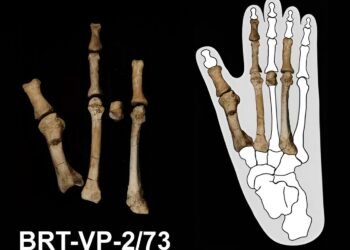
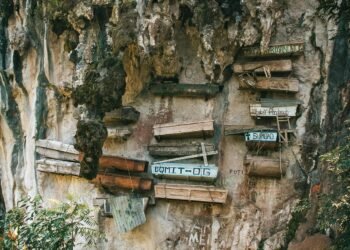














This is absolutely fascinating. It is always good when history, backed by proper investigative work brings a new interpretation of, even changes it.
Facinating, keep publishing nrw discoveries. Keith
How does this topic impact your daily life or society in general?
Learning from the past is valuable because it offers lessons for the future. Studying how ancient societies recovered from major economic or political events can provide useful information for today’s and tomorrow’s communities.